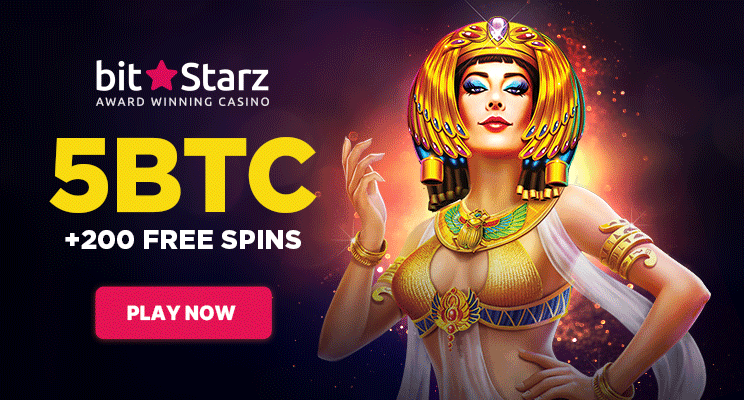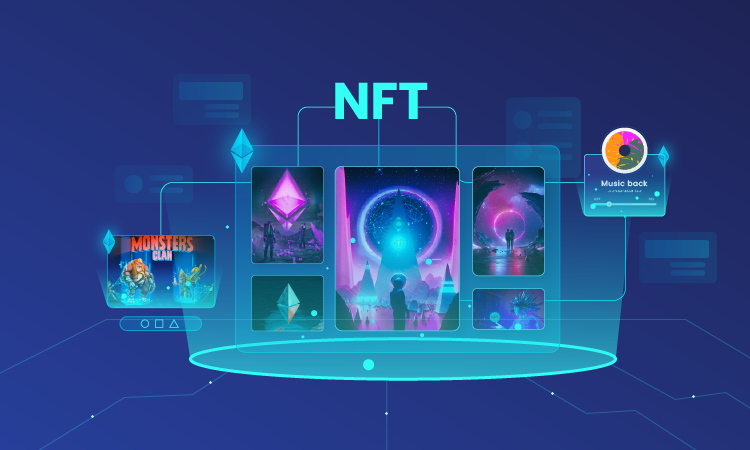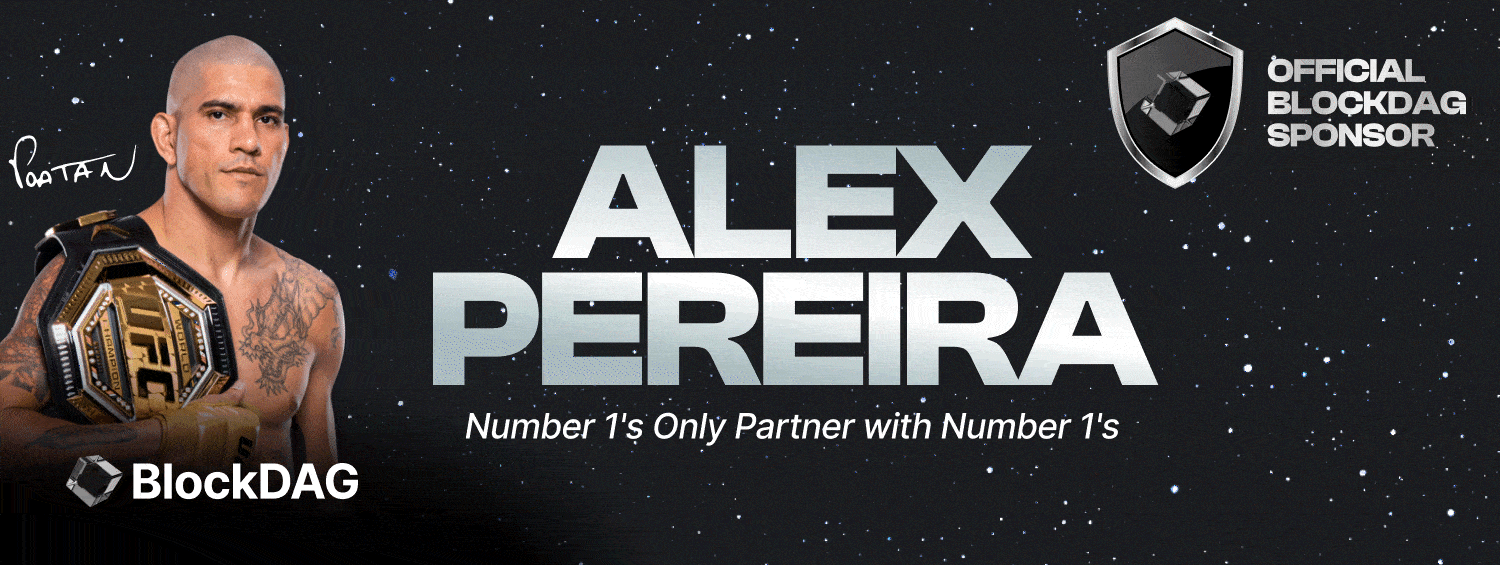TL;DR
- NFTs, or Non-Fungible Tokens, are unique digital assets that represent ownership, authenticity, and provenance of a specific item or piece of content on a blockchain.
- NFTs can be categorized based on their use case, interactivity, token standards, licensing and rights.
- Other ways to categorize NFTs include their rarity, underlying blockchain network, interoperability, and their creators.
- The NFT space is rapidly evolving and new use cases are emerging regularly. As adoption of NFTs expands, there could be more types of innovative NFTs.
What is an NFT?
An NFT, or non-fungible token, is a distinct digital asset that represents ownership or proof of authenticity of a one-of-a-kind item or virtual good. Unlike cryptocurrencies such as Bitcoin or Ethereum, which are interchangeable and have the same value, each NFT is unique.
NFTs are created using blockchain technology, primarily on Ethereum. They can be bought, sold, or traded on various marketplaces.
NFTs have gained significant popularity in various domains, giving creators and collectors a new way to exchange and own digital content. These digital assets encompass a wide range of categories, including art, virtual real estate, gaming items, and collectibles.
Common Ways to Classify NFTs
NFTs can be classified based on various criteria. Some common ways to classify NFTs include:
1. By use cases
The most common way to classify NFTs is by their use cases, including digital art, music, collectibles, gaming, and virtual real estate.
2. By token standard
NFTs can be categorized based on the token standard they are created on, such as ERC-721 or ERC-1155.
3. By platform or blockchain
NFTs can be classified based on the underlying blockchain network or the marketplace the NFTs are created or listed on.
4. By interactivity
NFTs can be broadly classified based on their interactivity, ranging from static representations to highly dynamic and interactive digital collectibles.
Other ways to categorize NFTs include their rarity, interoperability, and creators. Let’s look at some of the most common methods to classify NFTs in greater detail.
NFT Categories Based on Use Cases
NFTs can be classified into numerous categories based on use cases:
1. Profile pictures (PFPs)
The trend of using NFTs as profile pictures first gained popularity with the inception of CryptoPunks , crafted by Larva Labs, in 2017. Another widely recognized collectible of this kind is the Bored Ape Yacht Club (BAYC), which has expanded the utility of their NFTs far beyond PFPs to include physical goods and offline club memberships.
2. Digital art
This is one of the most popular categories of NFTs. It includes digital paintings, illustrations, animations, and other forms of digital visual art. Artists can tokenize their digital art, thereby proving their ownership. Digital art NFTs enable artists to monetize their work in new ways.
3. Music
Musicians can tokenize their music, albums, or even exclusive behind-the-scenes content as NFTs. This enables musicians to sell their work directly to fans, provide exclusive content, and earn royalties on secondary sales.
4. In-game items
In-game items are one of the most prevalent forms of gaming NFTs, encompassing virtual assets like weapons, armor, or other equipment that can be used within a specific game. For instance, Decentraland Wearables offers clothing or accessory items that can be worn in Decentraland, an Ethereum-powered virtual world. These NFTs enable players to customize their characters and enhance their in-game experience.
5. Virtual real estate
This category includes virtual lands, properties, and spaces in virtual worlds and metaverses. Users can buy, sell, and trade virtual real estate as NFTs.
6. Utility
Utility NFTs are associated with a variety of services and goods, both digital and physical. For example, a utility NFT could grant the holder access to physical goods, special trading tools, ticketing services, exclusive online content, and memberships. The possibilities of utility NFTs are vast and can be customized according to the creativity of the issuer.
In the rapidly expanding world of NFTs, many NFTs possess some degree of utility that could lead to innovative usages. For instance, the gaming industry can benefit from utility NFTs by leveraging novel ways to monetize and distribute in-game content, granting ownership and exclusivity to players.
7. Identity
Identity NFTs focus on representing and verifying unique digital identities. They eliminate the reliance on centralized authorities for identity verification, enhance user privacy, and grant individuals more control over their personal data.
Other NFT categories based on use cases include video and film, domain names, fashion, photography, literature, and sports. This is not an exhaustive list, as the NFT space is rapidly evolving and new use cases are emerging regularly.
NFT Categories Based on Interactivity
NFTs can be classified based on their interactivity, ranging from static representations to highly dynamic and interactive digital collectibles.
1. Static NFTs
Static NFTs represent digital assets with immutable characteristics such as images, art pieces, and collectibles. These assets retain their original form throughout their lifecycle. Prominent examples include CryptoPunks.
2. Dynamic NFTs
Dynamic NFTs are digital assets that exhibit variable properties or undergo transformation over time, often influenced by external factors or data sources. Examples include Chainlink’s VRF NFTs, which integrate verifiable randomness to enable procedural attributes, and World of Ether’s crypto-collectible creatures, which boast evolving traits based on user interactions and a dynamic breeding system.
3. Interactive NFTs
Interactive NFTs are digital assets designed to enable direct interaction with the asset or its properties, often within games or virtual environments. Examples include Axie Infinity’s collectible creatures, which can battle and breed within the game ecosystem, and Decentraland’s virtual land parcels, which owners can develop and customize to create immersive digital experiences.
NFT Categories Based on Token Standards
NFTs can be classified by token standards.
1. ERC-721
ERC-721 is a widely-adopted Ethereum token standard specifically designed for creating NFTs. This standard enables the representation of individually distinct, digitally scarce assets, allowing for the secure ownership, transfer, and management of various forms of digital and real-world items on the Ethereum blockchain.
Examples of ERC-721 NFTs include Cryptokitties, a virtual collecting and breeding game where each CryptoKitty represents a digital cat with distinct traits and visual appearance.
2. ERC-1155
ERC-1155 is an Ethereum token standard designed for creating both NFTs and fungible tokens. With its ability to support multiple token types within a single smart contract, ERC-1155 enables efficient management of a wide variety of digital assets. It streamlines transactions and reduces the complexity associated with deploying and managing multiple token standards.
Examples of ERC-1155 tokens include The Sandbox (SAND), a virtual world where users can create, own and monetize digital assets and gaming experiences.
3. Other blockchains
Numerous blockchains beside Ethereum have emerged with their own NFT standards to provide alternatives for innovative use cases or to address scalability and cost issues.
NFT Categories Based on Rights and Licensing
NFTs can be grouped into a few types based on rights and licensing.
1. Open licensing
Open license NFTs grant their holders broad rights and permissions, allowing them to showcase, copy, modify, or redistribute the underlying digital assets in various contexts. Key features include the ability to create derivative works, share with others, and reuse the content across various platforms without significant restrictions or legal consequences.
Open licensing promotes a collaborative approach and fosters creativity within the NFT ecosystem. Examples include CryptoPunks and Bored Ape Yacht Club.
2. Closed licensing
Closed licenses enforce strict limitations on the usage, distribution, and modification of the NFTs They primarily retain the rights of the NFTs with the original creator or copyright holder, preventing unauthorized reproduction, commercial exploitation or alteration of the content without explicit permission.
Closed licensing is designed to protect intellectual property and maintain exclusive control over the NFT’s rights, distribution and modification. An example of a well-known closed licensing NFT project is NBA Top Shot by Dapper Labs. Owners of this collection may only trade them within the platform’s ecosystem and cannot use it for commercial purposes.
3. Partial licensing
Partial license NFTs offer a balanced approach, granting specific rights and usage permissions to the NFT holders while retaining some exclusive rights with the original creator or copyright holder. Key features include allowing limited use and distribution, granting permission for select commercial exploitation, or permitting certain types of modifications while prohibiting others.
This category of licensing aims to accommodate various needs and preferences of both creators and collectors, fostering collaboration without compromising original rights.
Closing Thoughts
NFTs have introduced groundbreaking applications across various industries, redefining digital ownership and value generation in the digital era. NFTs can be classified based on many factors, such as use case, interactivity, token standards, and licensing rights.
The various types of NFTs provide innovative ways of preserving creative expressions and redefine digital ownership. The dynamic nature of NFTs reveals their transformative potential and showcases the power they possess in reshaping the digital world.
However, it’s essential to recognize the potential risks and the early-stage nature of this technology. As we continue exploring the fascinating realm of NFTs, adopting a vigilant and cautious approach will be crucial to unlocking their unique potential and mitigating possible drawbacks.


























